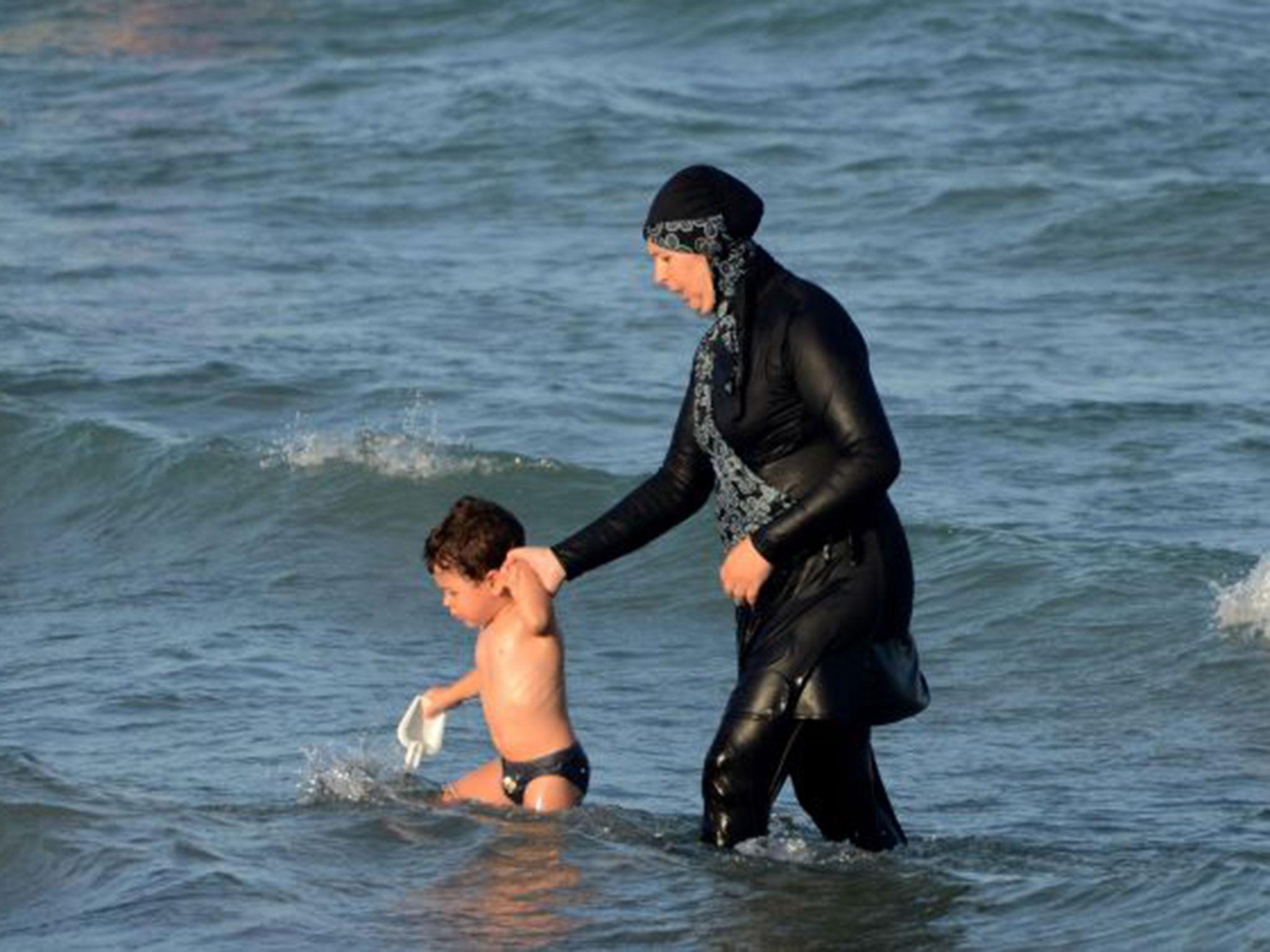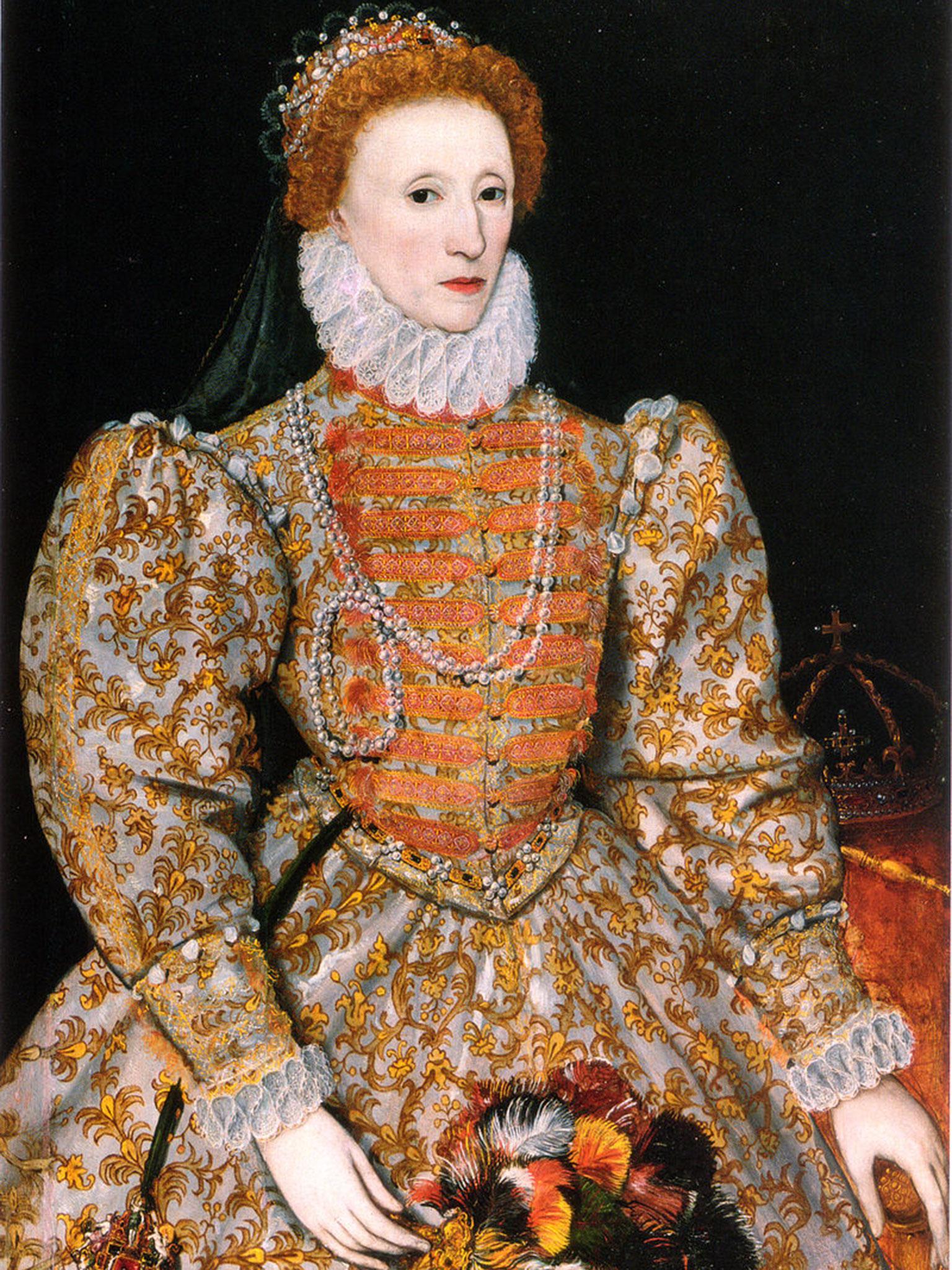From Royal tartan to slut walking: How the fashion police control what we wear
As it's revealed that only royals can wear the Balmoral tartan,Kashmira Gander discovers rules and customs about clothing are as widespread and politically charged as ever

Your support helps us to tell the story
From reproductive rights to climate change to Big Tech, The Independent is on the ground when the story is developing. Whether it's investigating the financials of Elon Musk's pro-Trump PAC or producing our latest documentary, 'The A Word', which shines a light on the American women fighting for reproductive rights, we know how important it is to parse out the facts from the messaging.
At such a critical moment in US history, we need reporters on the ground. Your donation allows us to keep sending journalists to speak to both sides of the story.
The Independent is trusted by Americans across the entire political spectrum. And unlike many other quality news outlets, we choose not to lock Americans out of our reporting and analysis with paywalls. We believe quality journalism should be available to everyone, paid for by those who can afford it.
Your support makes all the difference.They wear backward baseball caps, have Instagram accounts and eat TV dinners off their laps (probably). The royal family is a thoroughly modern institution, isn’t it? Well, not when it comes to kilts. A news report on Tuesday revealed that the makers of the Balmoral tartan – an Aberdeen-slate-grey fabric embellished with black and red stitching that was designed by Prince Albert in 1853 – are still bound by a contract stating they can only supply it to members of The Firm (and the sovereign’s piper, obviously).
Such strictures have a distinct whiff of the olden-days about them. And if they are exclusive rather than prescriptive – as were many laws from history that dictated how people of different rank could dress – they do demonstrate that our clothing choices are still influenced by outside forces. And after millennia of dictating on anything from hair-coverings to the length of pointed shoes, in various guises the fashion police remain hard at work, according to Ruthann Robson, professor of law at City University in New York and author of Dressing Constitutionally, as they try to “control how race, class, gender and nationality are conveyed”.

The precedents are endless. Upper-class Grecian women were banned from wearing embroidered robes in the 7th century BC, lest they be mistaken for prostitutes. Fast-forward to 1537 and Henry VIII was trying to weaken Irish identity by forbidding native clothing in conquered territories, including the tunic-like léine, secured with a belt, as well as limiting the amount of material used to make shirts. “Restricting or transforming native dress has long been a strategic part of military and colonial violence,” says Jane Tynan, a lecturer in design history at Central St Martin’s School of Art in London.
But it’s not all about the power trip. Money talks, too. The Elizabethan law of 1571 stating that all men aged six and above who were not gentlemen should wear a cap was an attempt to boost the wool trade; and clothing materials were rationed during the Second World War to save supplies. But an (arguably misplaced) paternalism can also play a part. There have been laws restricting magnificence among the lower orders, says Robson, that were designed to prevent them from going bankrupt “in a bid to look posh”.
Nowadays, rules, regulations and customs about clothing are as widespread and politically charged as ever. The arguments for preserving decency or national security, and creating social cohesion remain. And though Tudor sumptuary laws have been scrapped and social codes relaxed, clothing has lost none of its old symbolism. Why, otherwise, would some supermarkets have banned the wearing of pyjamas in supermarkets in recent years? Why else would some establishments bar young men wearing baggy trousers with their underwear showing over the top? Why would perpetrators of sexual assaults say that “she was asking for it”? Or Slut Walk activists parade the night streets in revealing clothing to question “rape culture”?

In the current political climate, though, nothing is quite as controversial as the head-coverings worn by many Muslim women, which are subject to varying restrictions or diktats across the European continent and Islamic nations. In the West, to cover all but one’s eyes is commonly seen as threatening, alien and suspicious – hence the French ban on full veils in public, and the British ban in the witness box. Liberal feminists, on the other hand, may see the hjab and niqab as signs of the male-chauvinist oppression of women. But to many Muslims, such veiling is normal and a sign of the “modesty” that they believe their religion requires.

Whichever, according to Marianne Franklin, professor of global media and politics at Goldsmiths (University of London), such legal or social pressure is a heavy-handed attempt to promote integration. “A woman wearing a hijab might be offended if you ask, ‘Why are you wearing that?’” she says. She equates the sensitivity about such clothing to the British ban on Scots wearing tartan in the 18th century: now we’re a happy democracy (sort of), the passion of the Crown against the kilt is spent; and, says Franklin, “Tartan has become acceptable because it’s not within the geopolitical polarisation of ‘Islam versus the West’, as people would like to put it”.
You can see what she’s driving at. To her, the banning or shunning of other cultures’ customs of dress simply creates divisions. In essence, they reflect the fears and prejudices of the viewer much more than any intent on the part of the wearer, and they jar with the tolerant values of liberal democracy.
“Banning particular items of clothing indicates something undesirable,” says Franklin. (That’s one reason for why paramilitary and political uniforms are forbidden in the UK and the US for instance.) And such moves serve to politicise garments that are otherwise innocuous to the wearer. “A woman getting up in the morning and putting on a hijab is different from someone wearing a Ku Klux Klan hood,” she says. “Bans are deeply problematic from a rights point of view, if they punish everyday life.”
If, however, they preserve us from a ghastly royal tartan, they may not be all bad.
Join our commenting forum
Join thought-provoking conversations, follow other Independent readers and see their replies
Comments